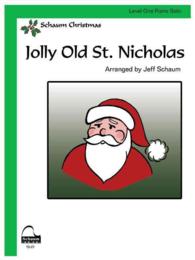Full Description
Text is highly structured, and structured at a variety of levels. But what are the units of text, which levels are at stake, and what establishes the structure that binds the units together? This volume, just as the predecessor a spin off of one of the workshops on constraints in discourse, contains the most recent, thoroughly reviewed papers by specialists in the area that try to give answers to such questions. It helps deepening the understanding of a multiplicity of mechanisms and constraints that are at work during production and comprehension of well-formed discourse. Researchers from linguistics, both formal and psycholinguistics, artificial intelligence, and cognitive sciences will appreciate this book as a valuable resource for information and inspiration.
Contents
1. Rhetorical structure: An introduction (by Kuhnlein, Peter); 2. Clause-internal coherence (by Hobbs, Jerry R.); 3. Optimal interpretation for rhetorical relations (by Zeevat, Henk); 4. Modelling discourse relations by topics and implicatures: The elaboration default (by Jasinskaja, Ekaterina); 5. The role of logical and generic document structure in relational discourse analysis (by Barenfanger, Maja); 6. Obligatory presupposition in discourse (by Amsili, Pascal); 7. Conventionalized speech act formulae: From corpus findings to formalization (by Copestake, Ann); 8. Constraints on metalinguistic anaphora (by De Brabanter, Philippe); 9. Appositive Relative Clauses and their prosodic realization in spoken discourse (by Auran, Cyril)








